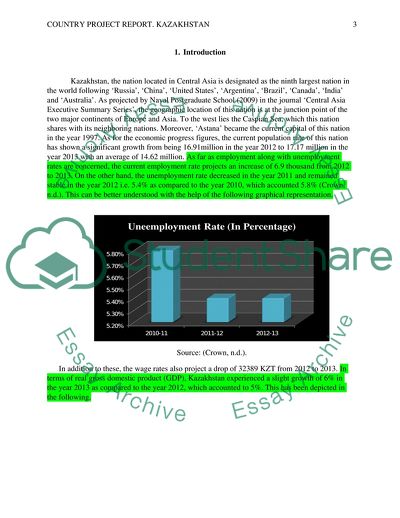Cite this document
(Country Project Report. Kazakhstan Term Paper Example | Topics and Well Written Essays - 3250 words, n.d.)
Country Project Report. Kazakhstan Term Paper Example | Topics and Well Written Essays - 3250 words. https://studentshare.org/macro-microeconomics/1812820-country-project-report-kazakhstan
Country Project Report. Kazakhstan Term Paper Example | Topics and Well Written Essays - 3250 words. https://studentshare.org/macro-microeconomics/1812820-country-project-report-kazakhstan
(Country Project Report. Kazakhstan Term Paper Example | Topics and Well Written Essays - 3250 Words)
Country Project Report. Kazakhstan Term Paper Example | Topics and Well Written Essays - 3250 Words. https://studentshare.org/macro-microeconomics/1812820-country-project-report-kazakhstan.
Country Project Report. Kazakhstan Term Paper Example | Topics and Well Written Essays - 3250 Words. https://studentshare.org/macro-microeconomics/1812820-country-project-report-kazakhstan.
“Country Project Report. Kazakhstan Term Paper Example | Topics and Well Written Essays - 3250 Words”. https://studentshare.org/macro-microeconomics/1812820-country-project-report-kazakhstan.


